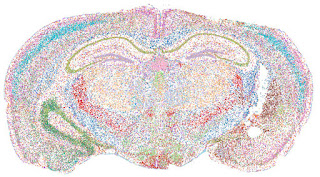The Where and the How: Unraveling Biology's Spatial Enigma with Omics
At its core, Spatial Omics involves mapping the molecular composition of tissues with spatial context. Traditional omics techniques provide valuable insights into the molecules present in a sample, but they lack the crucial information about where these molecules are located within the tissue. Spatial Omics bridges this gap by preserving the spatial architecture, offering unprecedented insights into cellular interactions, organization, and function.
This technology holds immense promise for various fields. In cancer research, for instance, Spatial Omics could shed light on the intricate tumor microenvironment and aid in understanding the mechanisms driving tumor growth and metastasis. Neuroscientists can utilize it to decipher the complexities of brain circuitry and neurological disorders. Additionally, drug development and personalized medicine stand to benefit as researchers gain a better grasp of how drugs interact with specific cells in their native environments.
As Spatial Omics technology continues to advance, it paves the way for a new era of discovery. However, challenges remain, such as data analysis and integration. Nonetheless, the potential to unravel biological mysteries with spatial precision makes Spatial Omics a beacon of hope, propelling us toward deeper insights and transformative breakthroughs in our quest to understand life's intricacies.




Comments
Post a Comment